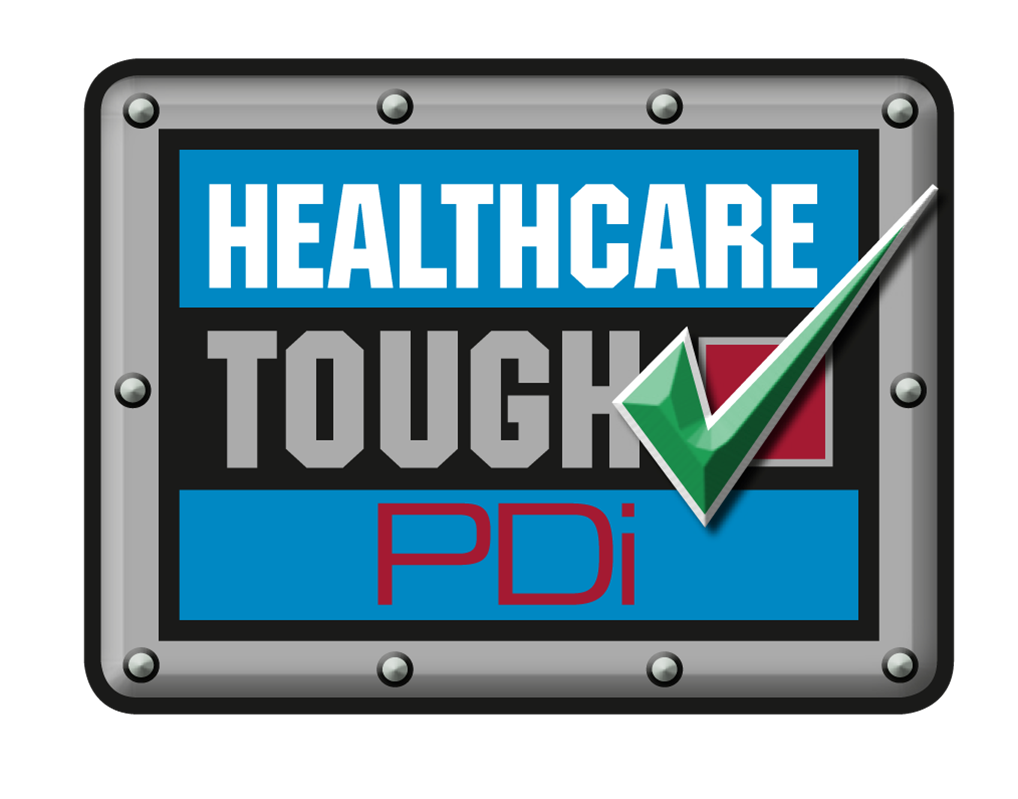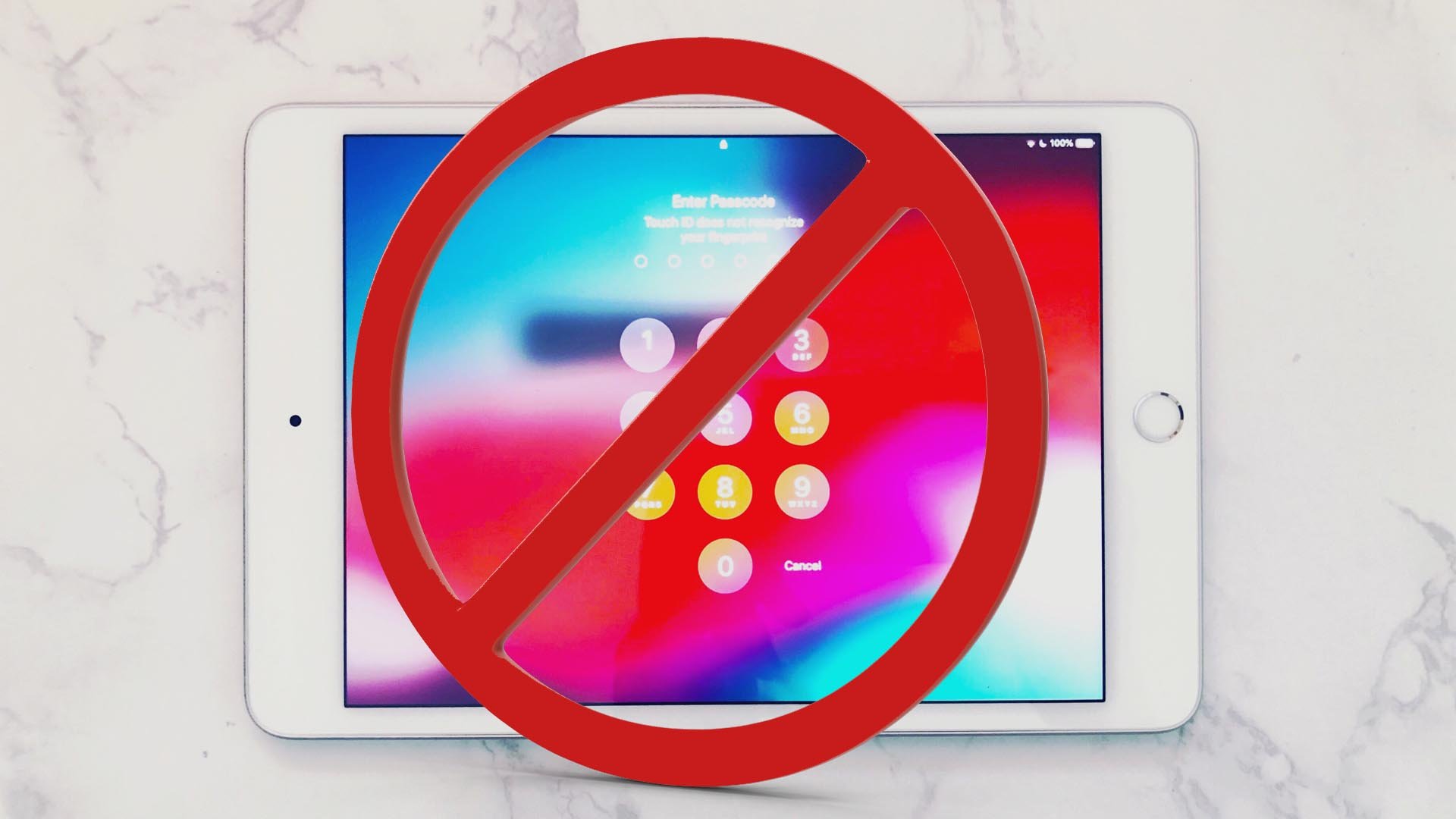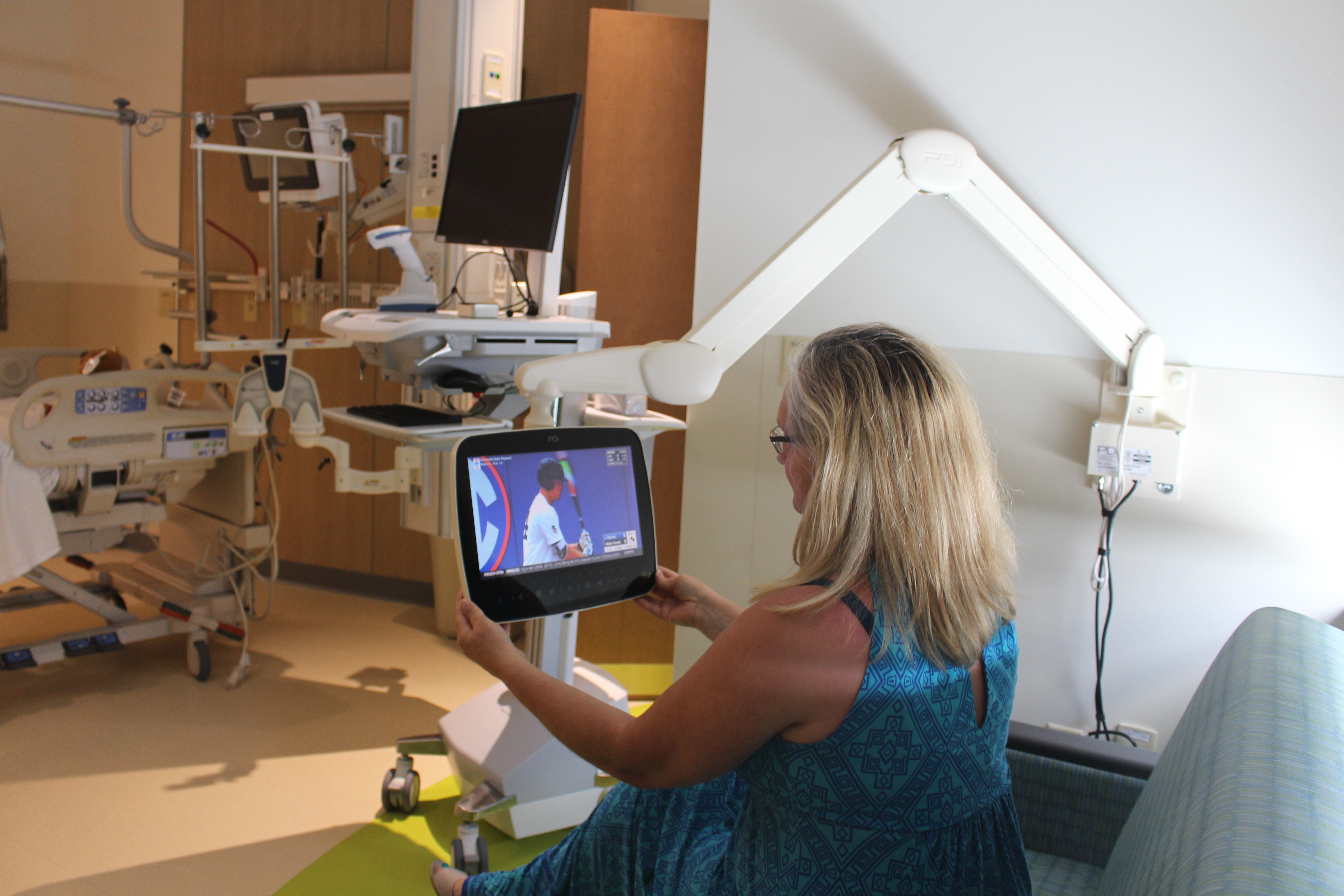1 min read
Why iPads are Bad for Patient Experience and Patient Safety
Updated December 10, 2024 by Cat Saettel Patients can easily feel lonely during infusion therapy or a hospital stay. Healthcare organizations can...

Healthcare tablets are designed with patient safety in mind, and lower risks for healthcare facility managers.
Since 1980, PDi Communication Systems, Inc. has designed and built complete personal patient TV systems in Springboro, Ohio. Here are several other key benefits of PDi healthcare-grade tablets versus simply sharing consumer tablets or iPads amongst patients.
Personal patient entertainment tablets adhere to stringent safety standards designed to ensure they function safely in oxygen-rich environments, such as hospitals and clinics. The medTAB touchscreen tablets, built in Ohio by PDi Communication Systems, Inc., meet the safety requirements established by several recognized organizations, including:
These televisions boast superior durability and safety features compared to standard consumer tablets. They are engineered for low-voltage operation and incorporate highly reliable components for up to 18 hours of daily use. Additionally, healthcare tablets are designed to prevent electrical hazards and endure the rigorous cleaning required in medical environments.
PDi arm-mounted patient tablets are designed and built for when patients have an IV. PDi TVs and tablets have precautions like low-voltage safety features to protect patients who have IV's placed and heart monitors attached. There are very few tablets on the market made with the same regulations placed on a UL certified PDi healthcare-grade TV or tablet.
PDi also utilizes anti-microbial coatings to decrease germs on personal patient TV devices, and are also bleach cleanable. Do you realize that conventional tablets and smart phones can carry more bacteria than a toilet seat? The consumer products do not have the stamina to hold up to constant healthcare cleaning routines. Without healthcare-grade regulations in place, consumer tablets have the potential to carry and transport germs across patient populations. They may also be susceptible to damage from rigorous cleaning required everyday and voiding the consumer product warranty.
Another looming risk associated with consumer patient tablets is ensuring they are continuously powered. Consumer reports of leading tablet brands show that when these devices are heavily used their batteries drain quickly. If hospital aides are not requested to plug the device in, the patient may try to charge the device themselves. This could expose them to a fall risk or hospital injury.
PDi TVs are continuously powered over coax or POE.
Want to learn more?

1 min read
Updated December 10, 2024 by Cat Saettel Patients can easily feel lonely during infusion therapy or a hospital stay. Healthcare organizations can...

Part 2 of the "Different Angles of Patient Engagement" Blog Series Previously, we discussed the experience of a large-screen footwall patient TV....

Dayton Children’s Hospital takes healthcare innovation and patient comfort to new heights in its new 8-story patient tower. The tower opened in June...